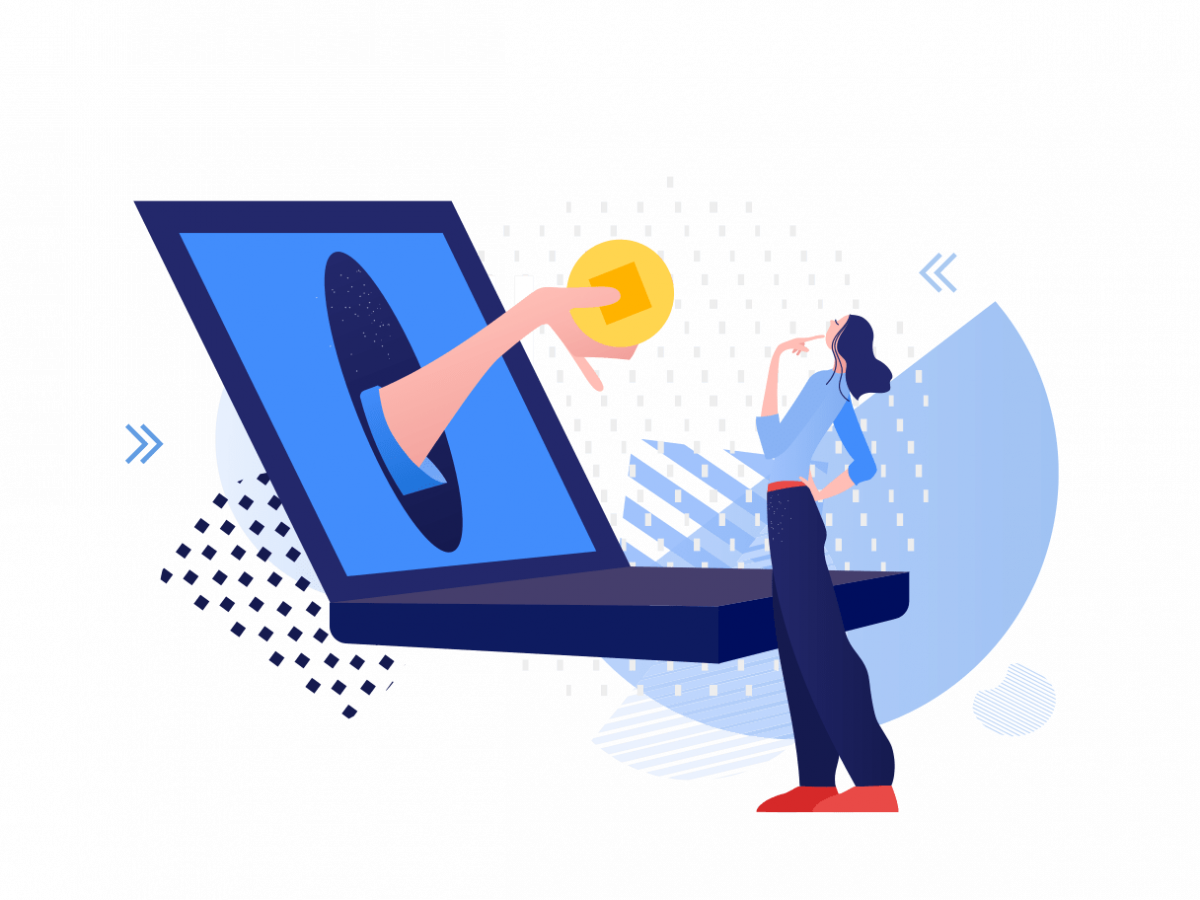[vc_row][vc_column][vc_column_text]
Illustration by Icon 8 from Ouch!
[/vc_column_text][vc_row_inner][vc_column_inner][vc_column_text]The acronym that has taken over the news cycle: NFT.
Chances are that you never even heard the term a month ago—and just as likely, you haven’t been able to avoid it for the last several weeks. It seemingly sprung out of nowhere to become as ubiquitous as WiFi or the cloud. But what are NFTs? And, more importantly, why do you need to know about them?
NFT stands for “non-fungible token,” which is a fancy way of saying that it is a unique set of data that can be transferred from one person to another but never duplicated; there can only ever be one. In the physical world, this is a fairly easy concept to understand. Let’s say that you have your grandmother’s favorite teacup on your mantle. It’s yours. You own it. But as soon as you sell it to someone else, it no longer belongs to you. NFTs work the same way, except that they exist in the digital realm.
Think of it as any digital file—from a song to a picture to a piece of writing. When it is on my computer, I own it in the same way that I own any physical object, and when I sell it, it is no longer available to me. It really is that simple. This may be a confusing concept to understand, especially in an era where millions of people download the same song or appreciate the same meme. But just like prints of a famous painting, even though many thousands of copies can exist, there can only ever be one original.
NFTs put control—and a fair compensation model—into the hands of musicians by leveraging the power of “smart contracts” that allow for the exchange of goods for money with no intermediary. Today, a recording artist only receives about $3,200 for every million times a song is played on Spotify. That’s a fraction of what they received from CD and album sales in the past, and it has left even successful musicians unable to make a living. For up-and-coming artists, it’s even worse: they can make less than $50 for a song that took months to write and record—if they make anything at all. Imagine throwing your heart into a project, barely making ends meet, and then learning that some guy made a fortune off a year’s worth of flatulence. Yup, it actually happened.
This technology has been evolving over the last few years, but it’s only been in the last few months that there’s been a practical and easy way for artists to create their own NFTs without requiring a massive amount of technical expertise. We are finally at a point where it’s just as easy to create an NFT as it is to post a file on Soundcloud, and there’s no comparison between the two when it comes to protecting intellectual property. Not surprisingly, many high-profile artists have had successful NFT sales in the last month, which has dramatically increased awareness of this promising technology.
As with anything in tech, it’s impossible to predict the future. But I believe that NFTs have staying power because they solve a real problem that millions of creators face every day: getting fairly compensated for their efforts while protecting their intellectual property. It’s hard to put a price tag on peace of mind.[/vc_column_text][vc_separator][/vc_column_inner][/vc_row_inner][vc_row_inner][vc_column_inner width=”1/4″][vc_single_image image=”22891″ img_size=”250×250″][/vc_column_inner][vc_column_inner width=”3/4″][vc_column_text]About the author: Geoff Osler is the CEO and Co-founder of S!NG, a company that focuses on Blockchain-powered technologies to help artists maximize the value of their work and protect their intellectual property in a digital portfolio. [/vc_column_text][/vc_column_inner][/vc_row_inner][/vc_column][/vc_row][vc_row][vc_column][yikes-mailchimp form=”1″ title=”1″ submit=”SUBSCRIBE”][/vc_column][/vc_row]













